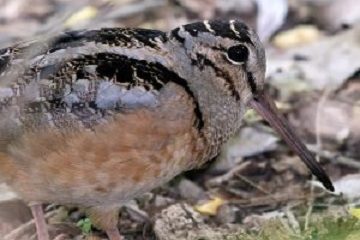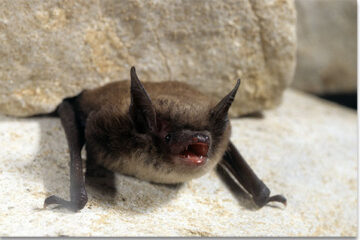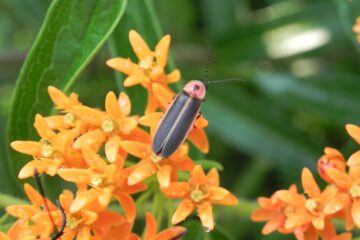Eastern Box Turtle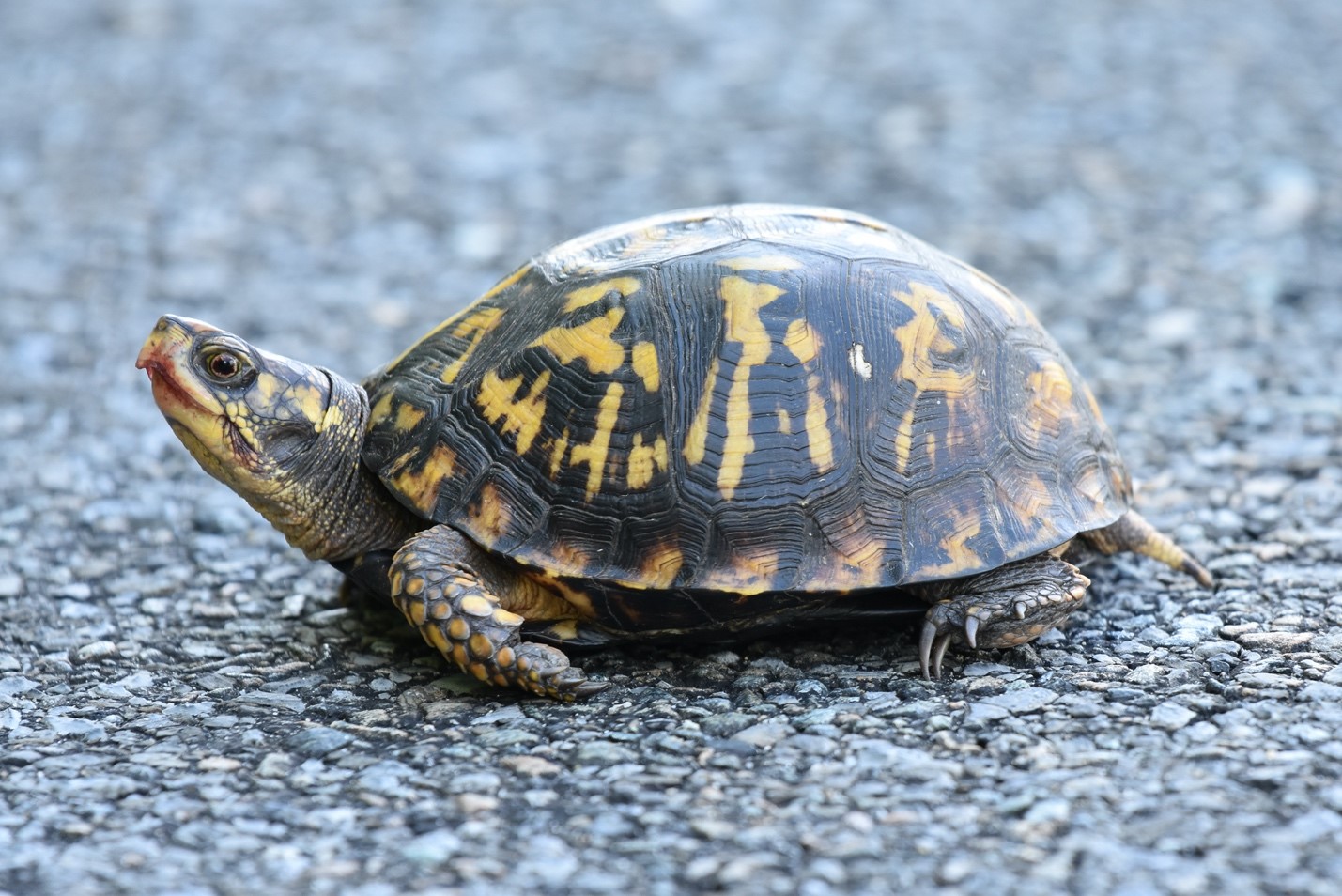
Terrapene carolina
Habitat: Eastern Box Turtles can be found in North America from Maine to Florida west to the Great Lakes and Texas. They live in grasslands, fields, meadows and at forest edges.
Food: Eastern Box Turtles are omnivores. They eat plants, roots, mushrooms, fruits, insects, amphibians and eggs. Younger Eastern Box Turtles require a more carnivorous diet to grow, so they are found more often near water to enable their hunt. Adult Eastern Box Turtles eat a more plant-based diet, therefore they are more frequently found on land.
Behavior: Eastern Box Turtles have a home range of 750ft or less. The home range of one Eastern Box Turtle can overlap with another, and they can share territory amicably. Since they are cold-blooded, their activity level is often determined by optimal body temperature. In the summer, Eastern Box Turtles are more active during the early morning or after a rainfall. When they are hot, they will rest in a pile of leaves, under a log or in mud. In the spring and fall when temperatures are more moderate, they may be active all day and even spend time basking in the sun. In northern climates, Eastern Box Turtles enter a lethargic state known as brumation in the winter. They will enter a hibernaculum or secure place where they can rest and stay insulated such as in mud or an abandoned animal burrow. In southern climates, Eastern Box Turtles are able to remain active all year long.
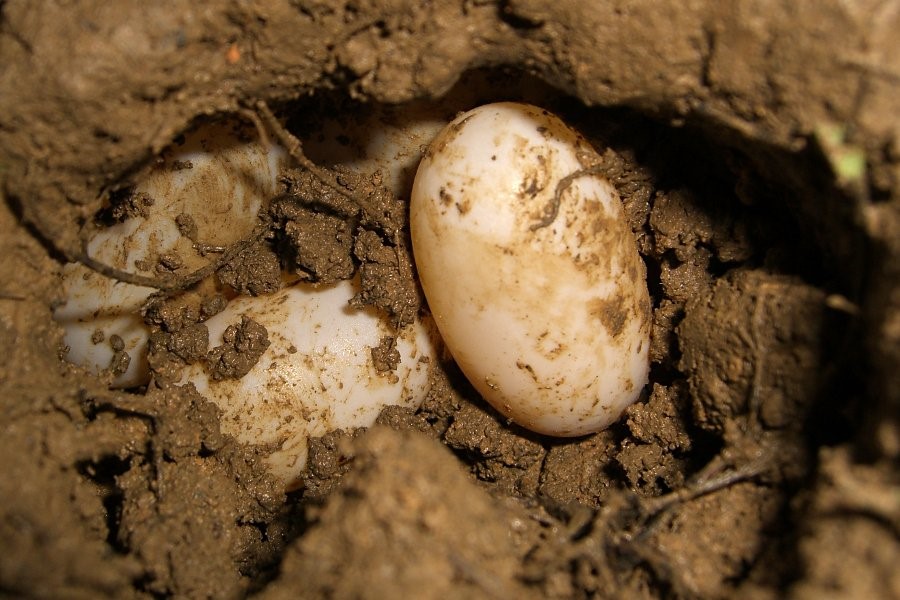 Life Cycle/Nesting: Eastern Box Turtles can mate by the time they five years old. They will mate after a rainfall in the spring and through the fall. A female will typically lay 4-5 eggs, but sometimes as little as one and as many as eleven. She will dig a hole in the ground, lay the eggs, bury them and leave them in the soil to incubate. Incubation takes about 3 months but depends on soil temperature and moisture.
Life Cycle/Nesting: Eastern Box Turtles can mate by the time they five years old. They will mate after a rainfall in the spring and through the fall. A female will typically lay 4-5 eggs, but sometimes as little as one and as many as eleven. She will dig a hole in the ground, lay the eggs, bury them and leave them in the soil to incubate. Incubation takes about 3 months but depends on soil temperature and moisture.
Conservation: Eastern Box Turtles are not endangered, however certain states list them as a special concern due to habitat loss, traffic mortality and collection for pets.
Interesting Facts:
Eastern Box Turtles have a bilobed shell: the upper part is called the carapace and the lower part is called the plastron. The plastron is hinged and allows Eastern Box Turtles to completely close their shells.
The shells of Eastern Box Turtles can regenerate. 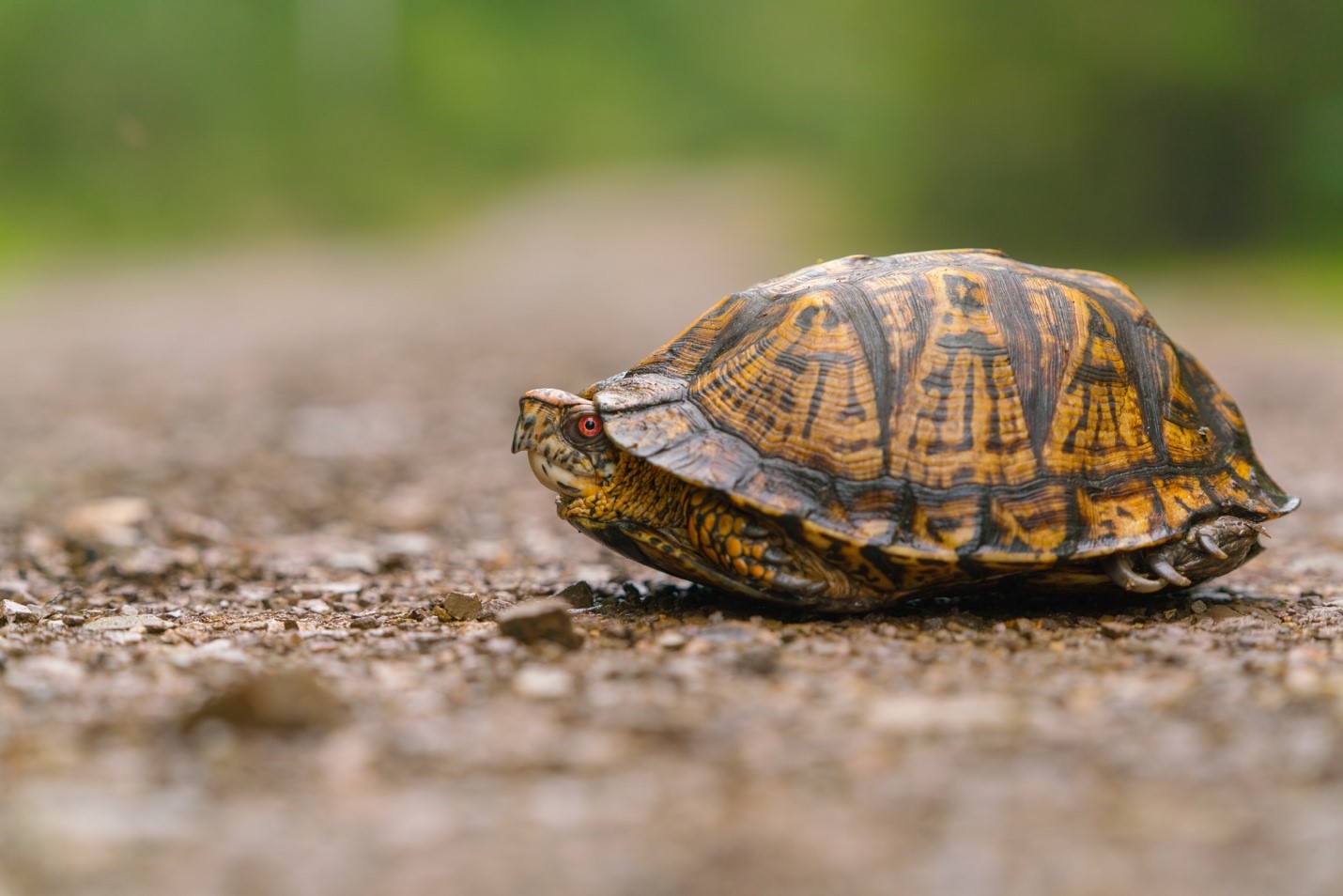
Eastern Box Turtles have a homing instinct which helps them find their way back home if they get lost.
A female Eastern Box Turtle can lay viable eggs up to four years after successfully mating.
Eastern Box Turtles that incubate in soils that maintain temperatures of 70-80 degrees Fahrenheit are more likely to be male, which Eastern Box Turtles that incubate in soil temperatures that are 82 degrees Fahrenheit or greater are more likely to be female.
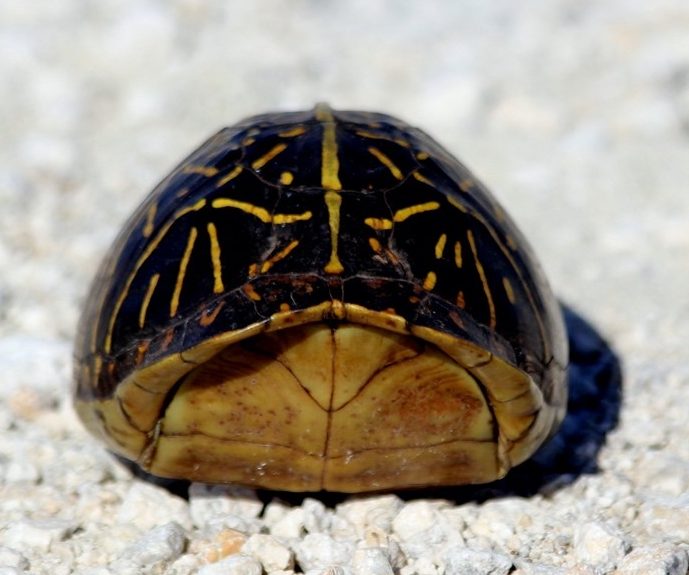 Credits/Resources:
Credits/Resources:
https://www.nwf.org/Educational-Resources/Wildlife-Guide/Reptiles/Eastern-Box-Turtle
https://nationalzoo.si.edu/animals/eastern-box-turtle
Please share any questions, comments, or photos that you and your child have on the Raritan Headwaters Learning Community Facebook Page!
More Raritan Headwaters Learning Resources

